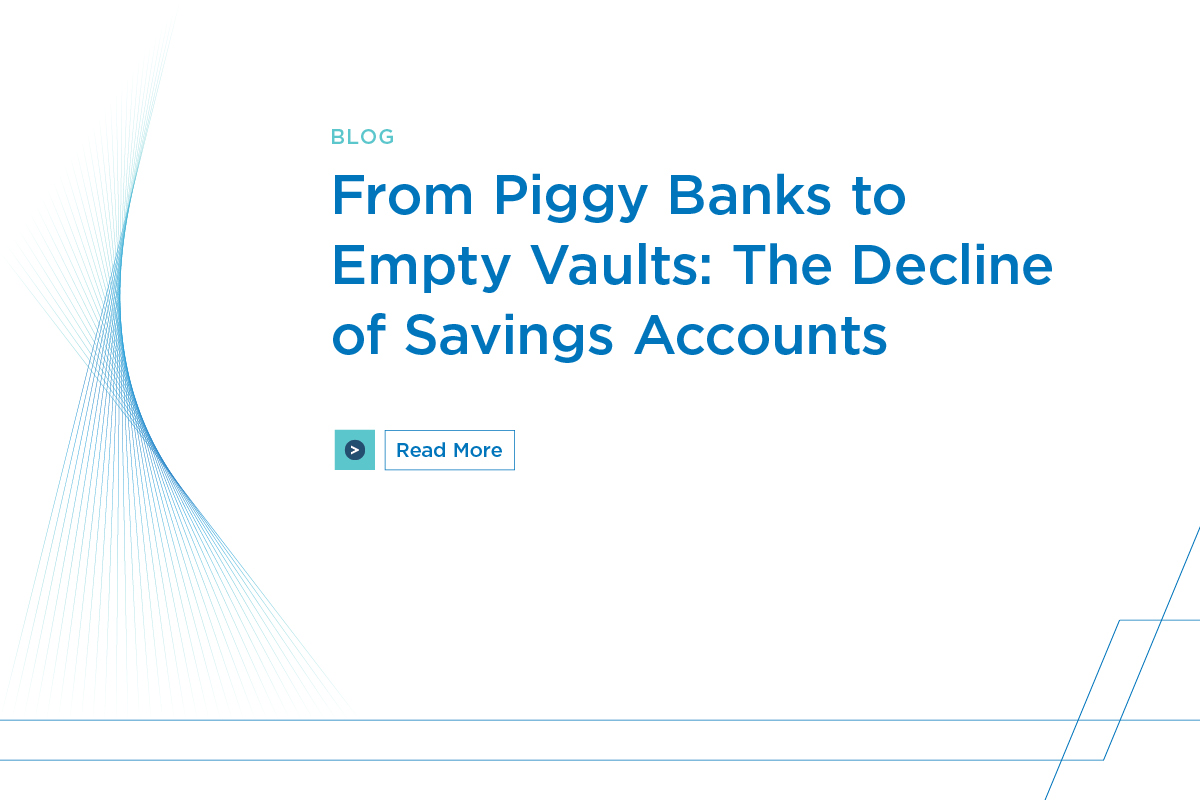In the wake of economic uncertainty, a new financial trend has emerged among American consumers: “revenge saving.” This shift in behavior, driven by concerns over the economy presents both challenges and opportunities for banks and credit unions. According to Forbes, revenge savings is defined as “the intentional and emotionally driven acceleration of personal savings following a period of financial uncertainty.”
According to a recent Vanguard survey, nearly three-quarters (71%) of Americans plan to prioritize emergency savings and flexibility this year. This marks a significant departure from the “revenge spending” trend observed post-pandemic. At that time, consumers indulged in discretionary spending to compensate for the restrictions of the lockdown. Now, the focus has shifted to building a financial safety net.
This collective movement towards financial discretion is reflected in the U.S. personal saving rate, which has risen from 3.5% in December 2024 to 4.5% in July 2025, according to the Bureau of Economic Analysis. For banks and credit unions, this trend underscores the importance of offering products and services that support consumers’ savings goals. Financial advisors typically recommend setting aside three to six months’ worth of living expenses as a cash cushion. However, the current economic climate may necessitate even larger reserves, particularly for single-income households or those with variable pay.
How financial institutions should proceed
How financial institutions should digest this movement
Although the trend may be short-lived, it reflects a broader consumer focus on financial flexibility.
- Financial institutions should constantly evaluate their savings focused products; high yield checking and savings accounts, money market, certificate of deposit.
- The challenges of 2023, such as rising interest rates, showed that institutions must adapt to ongoing changes and ensure their products can meet shifting market demands.
- Enlist go-to-market strategies that monitor key market indicators and trends to then activate market engagement.
It is important for financial institutions to be proactive in understanding the customer or member and ensuring to provide the right level of communication and education. Having ample cash reserves not only provides a safety net but also improves overall financial wellbeing. This presents an opportunity for financial institutions to educate on the benefits of robust savings and offer tools to help them achieve their goals.
Revengeful in Retirement
In addition to emergency savings, consumers are also increasing their contributions to retirement savings plans. Fidelity reports that 401(k) savings rates hit a record high in the first quarter of 2025, with a contribution rate of 9.5%. When employer matching contributions are included, the savings rate rises to 14.3%, nearing Fidelity’s recommended 15% annual savings rate. This trend is further supported by automatic enrollment and escalation features in retirement plans, making it easier for workers to save consistently.
The “revenge savings” trend reflects a broader shift towards financial prudence and long-term planning among American consumers. For banks and credit unions, this presents an opportunity to align their products and services with the evolving needs of their users. By offering robust savings solutions and financial education, financial institutions can play a pivotal role in helping consumers navigate these uncertain times and build a secure financial future.
Vericast can help you create a deposit acquisition strategy with our data, technology and expertise. Reach out to learn more.



